An Introduction to Multi-Way Switch 2 in 4 Out
Understanding Multi-Way Switches in Satellite Antenna Systems A multi-way switch is an essential component in satellite antenna systems, designed to efficiently manage the distribution of signals from multiple inputs to various outputs. Specifically, a ‘2 in 4 out’ multi-way switch allows two satellite inputs to connect to four distinct outputs simultaneously. This functionality is particularly …
